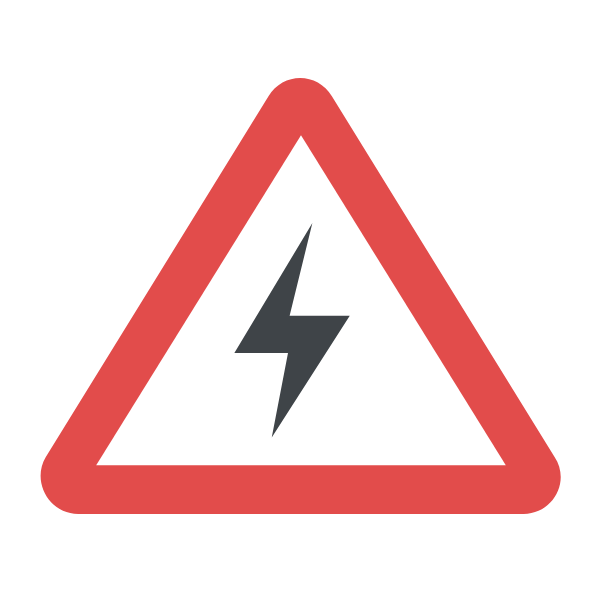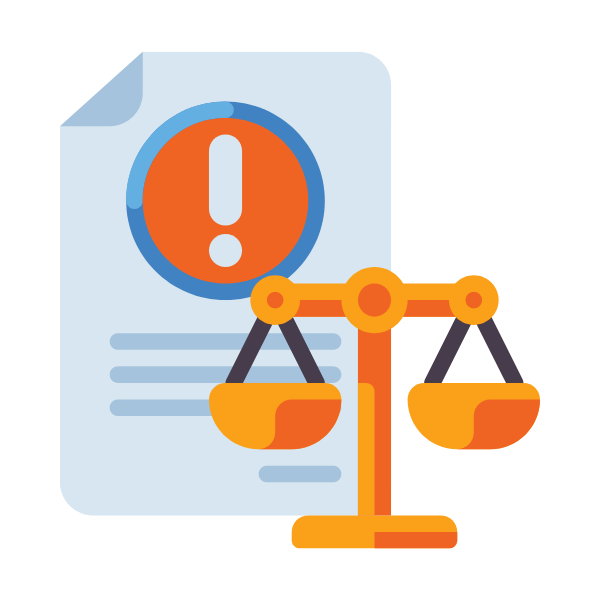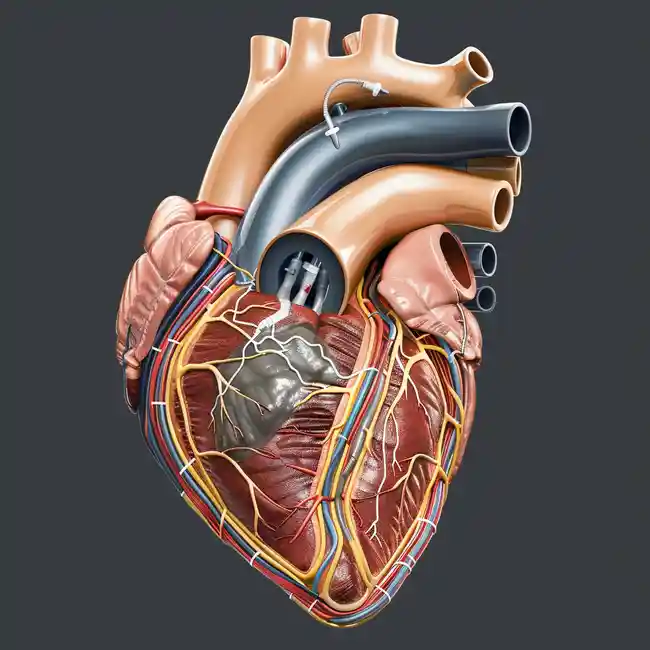Zapping AED Myths
Separating Fact from Fiction to Save Lives
Automated External Defibrillators (AEDs) are life-saving devices that can make a significant difference during cardiac emergencies. However, myths and misconceptions about AEDs persist, and they can discourage people from taking advantage of these essential tools. In this post, we’ll tackle some common AED myths, separate fact from fiction, and help set the record straight for our Aussie friends.

Myth 1: AED’S are complicated
Myth: AEDs are complicated, and only medical professionals can use them.
Fact: AEDs are designed to be user-friendly and accessible to everyone, even those without medical training. With clear voice instructions and visual cues, AEDs guide users step-by-step through the entire process, making it simple for anyone to operate during an emergency.

Myth 2 AED’s are dangerous
Myth: AEDs are dangerous and can harm the person using it or the patient.
Fact: AEDs are incredibly safe devices. They are designed to analyze the patient’s heart rhythm and deliver a shock only if necessary. The risk of accidentally shocking someone who doesn’t need it or harming the user is minimal. In fact, using an AED can greatly increase the chances of survival for someone experiencing sudden cardiac arrest.
Myth 3: AEDs can replace CPR.
Fact: While AEDs are a critical component of emergency care, they should be used in conjunction with CPR. Here’s an explanation: Think of the heart as a pump that needs a power source (electricity) to control its rhythm and a piston (chest compressions) to push blood through the body. AEDs help restore the power source, so the pump can work properly again, while CPR acts as the piston, manually pushing blood through the body to keep vital alive.

Myth 4: Legal Issues
Myth: Liability issues make having an AED more trouble than it’s worth in Australia.
Fact: In Australia, Good Samaritan laws protect individuals who use AEDs in good faith during an emergency. These laws encourage the use of AEDs and help save lives without fear of legal repercussions. Additionally, many Australian states and territories have specific legislation and regulations regarding AEDs, further supporting their accessibility and usage in public spaces.
Conclusion:
By debunking these common AED myths, we hope to empower more people in Australia to confidently use these life-saving devices in emergency situations. When we separate fact from fiction and educate ourselves about the true capabilities and limitations of AEDs, we can create safer communities and save more lives. Don’t know which AED you need? It’s easy, with a few simple clicks we can recommend an AED with features that suit your needs. Try our “which one” tool So, let’s spread the word and encourage everyone to become familiar with AEDs – it could make all the difference, mate!





